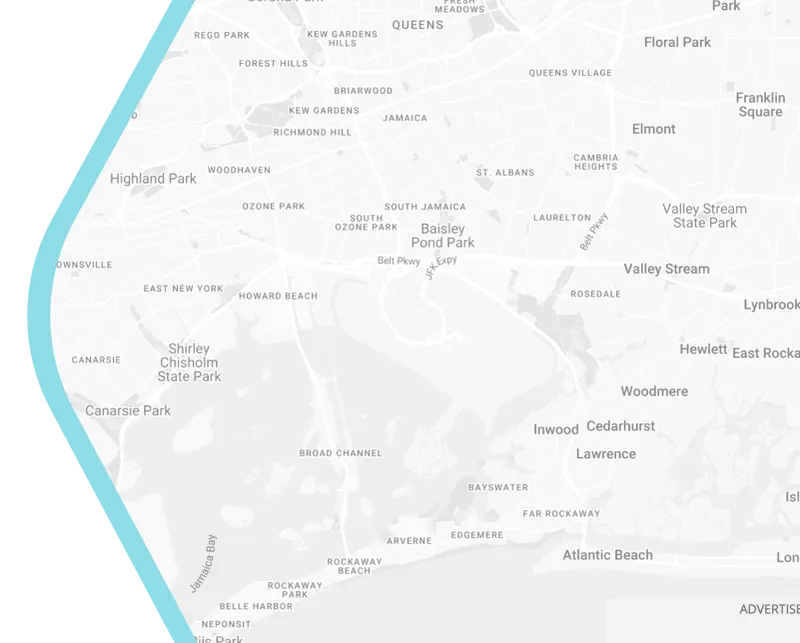
Avoid Costly Mistakes in Urban Development with AR/VR City Simulations
In 2022, a proposed $300 million transit hub in Melbourne was scrapped after public backlash over poor accessibility and traffic bottlenecks. The flaw? The design looked flawless on paper but failed to account for real-world human behavior. Today, cities are turning to AR (Augmented Reality) and VR (Virtual Reality) simulations to prevent such costly missteps. These tools don’t just visualize blueprints—they breathe life into them, allowing planners, developers, and communities to “walk through” unmade cities and spot problems before the first shovel hits the ground.
The High Price of Imperfect Urban Planning
Urban development errors are more than inconvenient—they’re expensive. A single miscalculation in zoning, infrastructure placement, or crowd flow can lead to budget overruns, delays, and public dissatisfaction. In Sydney, retrofitting a poorly planned mixed-use district cost taxpayers $87 million, while a misaligned metro line in Brisbane added 18 months to its launch timeline. Traditional planning tools—2D maps, static models, and CAD renderings—often miss critical nuances like sunlight patterns, pedestrian congestion, or emergency vehicle access.
This gap between imagination and reality is where AR/VR shines. By creating immersive, data-driven simulations, planners can stress-test designs against countless scenarios, from rush-hour traffic surges to climate events.
How AR/VR Simulations Turn Guesswork into Precision
Imagine strapping on a VR headset and stepping into a digital twin of a proposed waterfront district. You notice the bike lanes merge too abruptly with pedestrian walkways, creating collision risks. Across town, residents using AR apps on their phones see how a planned high-rise would cast shadows over a local park during winter. These aren’t hypotheticals—cities like Helsinki and Singapore already use such tools to crowdsource feedback and refine designs.
AR/VR simulations integrate real-time data layers:
- Environmental impacts: Visualize how buildings affect wind patterns or heat islands.
- Human behavior: AI predicts how people navigate spaces, revealing bottlenecks.
- Infrastructure strain: Simulate utility loads during peak demand.
In Adelaide, VR testing of a proposed tram network revealed an overlooked blind spot at a key intersection, saving the city $12 million in post-construction modifications.
Case Studies Where AR/VR Saved Millions
1. Los Angeles’ Metro Expansion:
Using VR simulations, planners identified flawed station layouts that would’ve caused dangerous crowding during peak hours. Adjustments made during the virtual phase saved an estimated $45 million in redesign costs.
2. Amsterdam’s Circular Economy Hub:
AR overlays helped architects visualize waste flow through the building, optimizing recycling chute placements and reducing operational costs by 30%.
3. Melbourne’s Green Spine Project:
Residents explored a VR model of the proposed urban forest, leading to design tweaks that preserved heritage sightlines and doubled shaded public areas.
Overcoming Adoption Challenges
Despite its potential, AR/VR adoption faces hurdles. Smaller municipalities often lack the budget for advanced tech, while older planners may resist transitioning from familiar tools. However, cloud-based platforms and collaborative VR workshops are lowering barriers. Perth’s city council, for instance, partnered with a local university to create affordable simulations for suburban redevelopment, proving scalability isn’t just for megacities.
Critics also raise concerns about data bias—if simulations rely on flawed assumptions, they’ll produce flawed outcomes. The solution lies in iterative testing: continuously updating models with real-world feedback to keep digital twins accurate.
The Future of Urban Planning is Immersive
AR/VR isn’t replacing planners—it’s empowering them. By merging human expertise with digital precision, cities can avoid the pitfalls of “build first, fix later” mentality. As Brisbane’s lead urban designer noted, “We’re not just designing spaces anymore. We’re designing experiences, and VR lets us feel them before they exist.”
From reducing carbon footprints to fostering community trust, AR/VR simulations are redefining what’s possible in urban development. The cities of tomorrow won’t be built on paper—they’ll be perfected in pixels.
